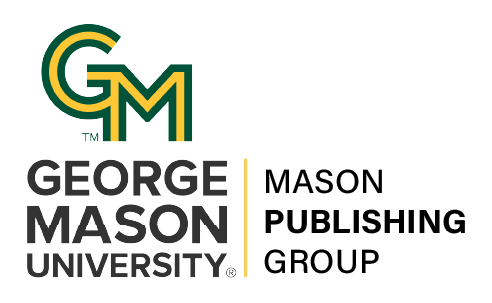"TEACHING TABLES II:" Crafting Virtual Pedagogy: A Model for Online Courses
DOI:
https://doi.org/10.13021/G8itlcp.1.2009.2134Keywords:
pedagogy, digital pedagogy, digital tools, teaching online,Abstract
One goal of Masonââ¬â¢s Technology-Enhanced Learning Mission Statement states ââ¬Åextensive and innovative use of technology in the development and delivery of credit bearing coursesââ¬Â should ââ¬Åsignificantly enhance learning outcomes.ââ¬ÂàIn offering online courses in just about any discipline, we have an opportunity to significantly enhance learning outcomes both from content/disciplinary-perspectives as well as communications perspectives. Students in online courses learn not only text, but hypertext, moving them laterally through research and around through communication, communication which has a more public audience in an online world than in the traditional classroom world. In this interactive presentation, the instructional designer will showcase an Advanced Composition (ENGL302) online course where all course materials and resources, communication, interaction, and learning take place in a virtual environment, mostly in Blackboard, but with the enhancement of wikis and databases. The audio-visual components of the course (mini-lessons on streaming video, feedback on streaming audio) have been highly lauded by students who find that virtual interaction with a voice or a face helps them understand what they may have only seen in text. In addition, a poster session will show the design cycle for developing an online course, a cyclical process in which analysis, design, development, implementation, and evaluation (the standard ADDIE model of instructional design) occurs at any point in course development.Published
2009-10-05
Issue
Section
5:30pm-6:20pm



